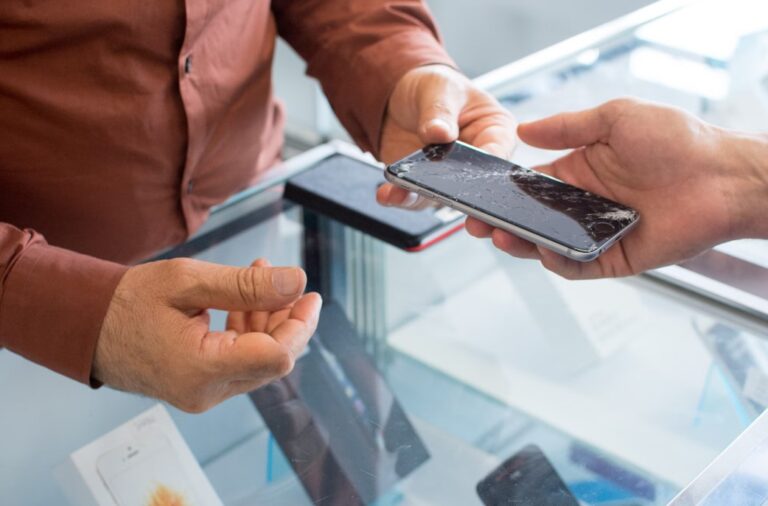We live in a throwaway culture. Whether it’s our laptops, smartphones, or appliances, we discard tech without a second thought every year.
We are often told our gadgets are too tricky or costly to repair or that we need a brand-new model. We are never told to hold on to our devices for as long as possible.
But things are changing. With governments stepping in to safeguard consumer rights and the rise in awareness about the dangers of cyberattacks on older technology, it’s time to reconsider the value of keeping and repairing our devices.
Table of Contents
Your consumer “right to repair” explained
There are several reasons why more consumers are actively trying to repair devices instead of buying brand-new models. Two of the most common are saving money and impacting the environment.
The European Union found that replacing a device instead of repairing it costs consumers over 12 billion annually. Worst of all, discarded goods created over 35 million tons of waste and 261 million tons of greenhouse emissions.
In response, the EU introduced “the right to repair” in its sustainability initiatives to curb throwaway culture. This initiative aims to protect a consumer’s right to access repairs in a timely and affordable manner. It also encourages manufacturers to change their designs and use more user-replaceable parts.
While a manufacturer might think repairs will reduce profits, the opposite is true. Simply put, modern consumers want to buy repairable things. A Deloitte survey found that 72% of respondents were willing to invest in repairable goods to save money, and up to 70% preferred to shop at stores that provide repair services, reinforcing that sustainability is still profitable.
As good as this sounds, there are some dangers to keeping technology around longer.
The rise of hackers targeting older technology
Although keeping your smart devices around longer can be a great idea, you need to think wisely about your security. Hackers may try to use these devices as an entry point to attack you.
As time moves on, devices could have out-of-date software or receive little to no updates, leaving them wide open to manipulation. So, how can you protect your repaired items from abuse?
Thankfully, there are two easy ways:
- Protect your connection to the internet
One of the best ways to safeguard old technology is to protect its connection to the internet. You can do this by using a Virtual Private Network (VPN).
There are several VPN advantages and disadvantages that you should consider. Firstly, a VPN works by encrypting your internet connection. This protects the data you send and receive and prevents outsiders from monitoring your activity.
Hackers cannot track your online activity or discover devices you are using. When placed on a router, a VPN can protect various gadgets in your home, including IoT devices and smart appliances, from abuse.
That said, you do need to invest in a high-quality VPN provider to enjoy the best protection and security possible.
- Practice basic cyber hygiene
Cyber hygiene is about building healthy habits and routines to use technology safely and securely. Especially for older or repaired gadgets, good cyber hygiene ensures your tech works optimally and is protected.
Some of the best ways of protecting old devices include:
- Updates: Download and install all available updates for your device.
- Passwords: Set up strong, secure, and unique passwords on devices.
- 2FA: Set up two-factor authentication to protect the device and linked services.
- Professional services: Use an official vendor for any new parts or repairs.
Final thoughts
Ultimately, the right to repair will be a great way to empower consumers. You won’t feel pressured into buying the latest tech. Instead, you can keep your prized devices for as long as they last.
However, it is crucial to recognize the security issues old devices can pose. By using security tools like a VPN and practicing good device management, you can keep criminals at bay while still enjoying the benefits of repaired goods.












